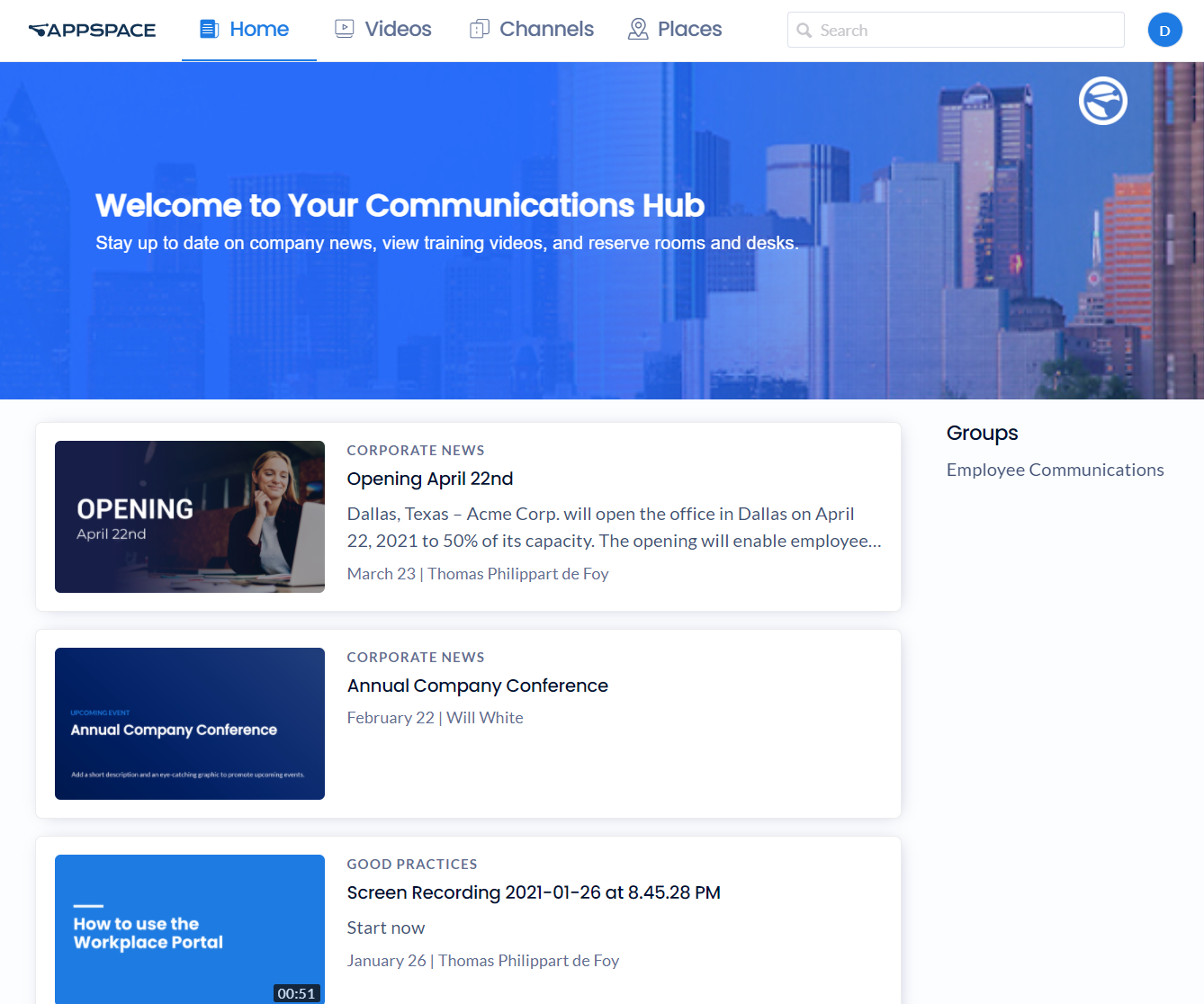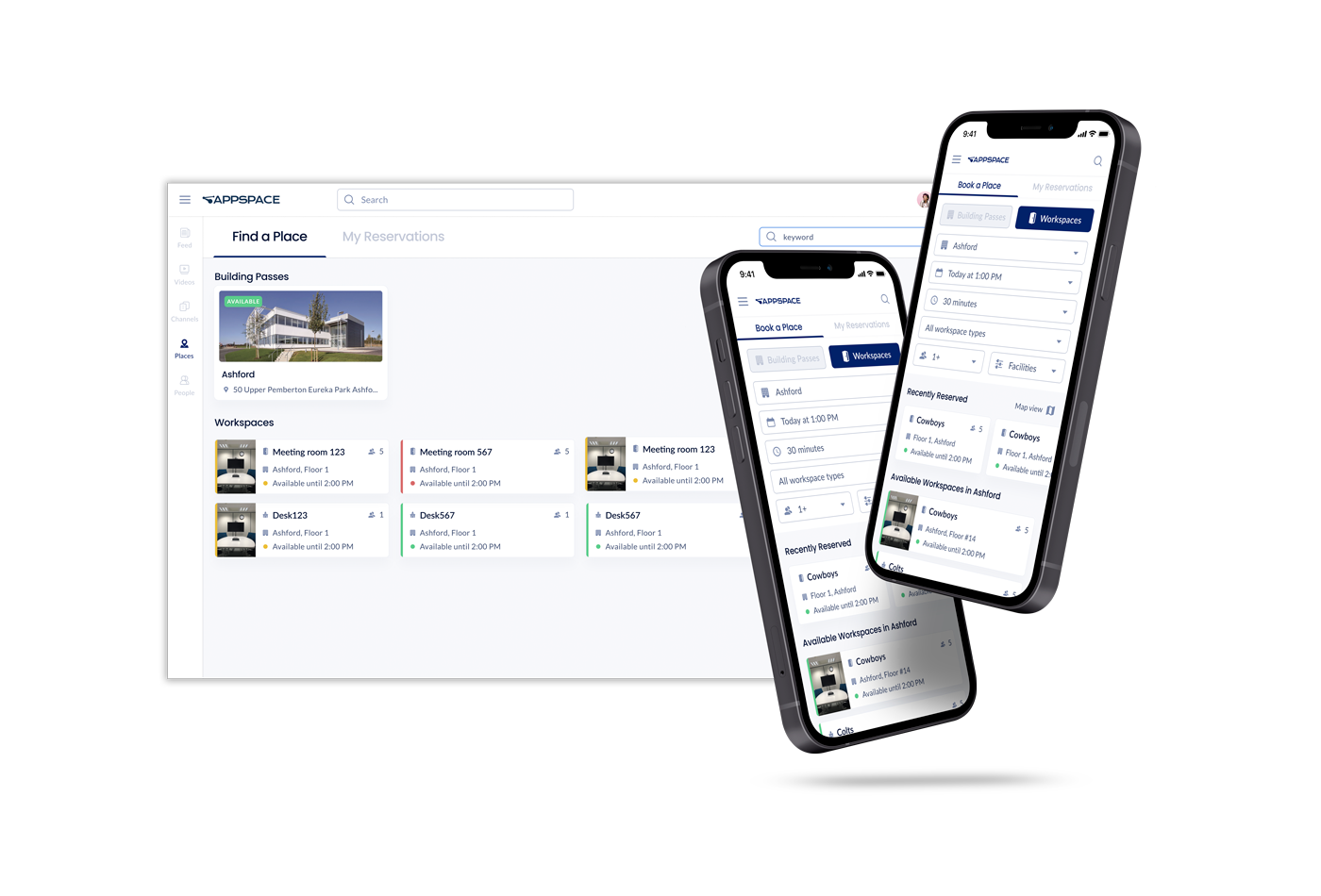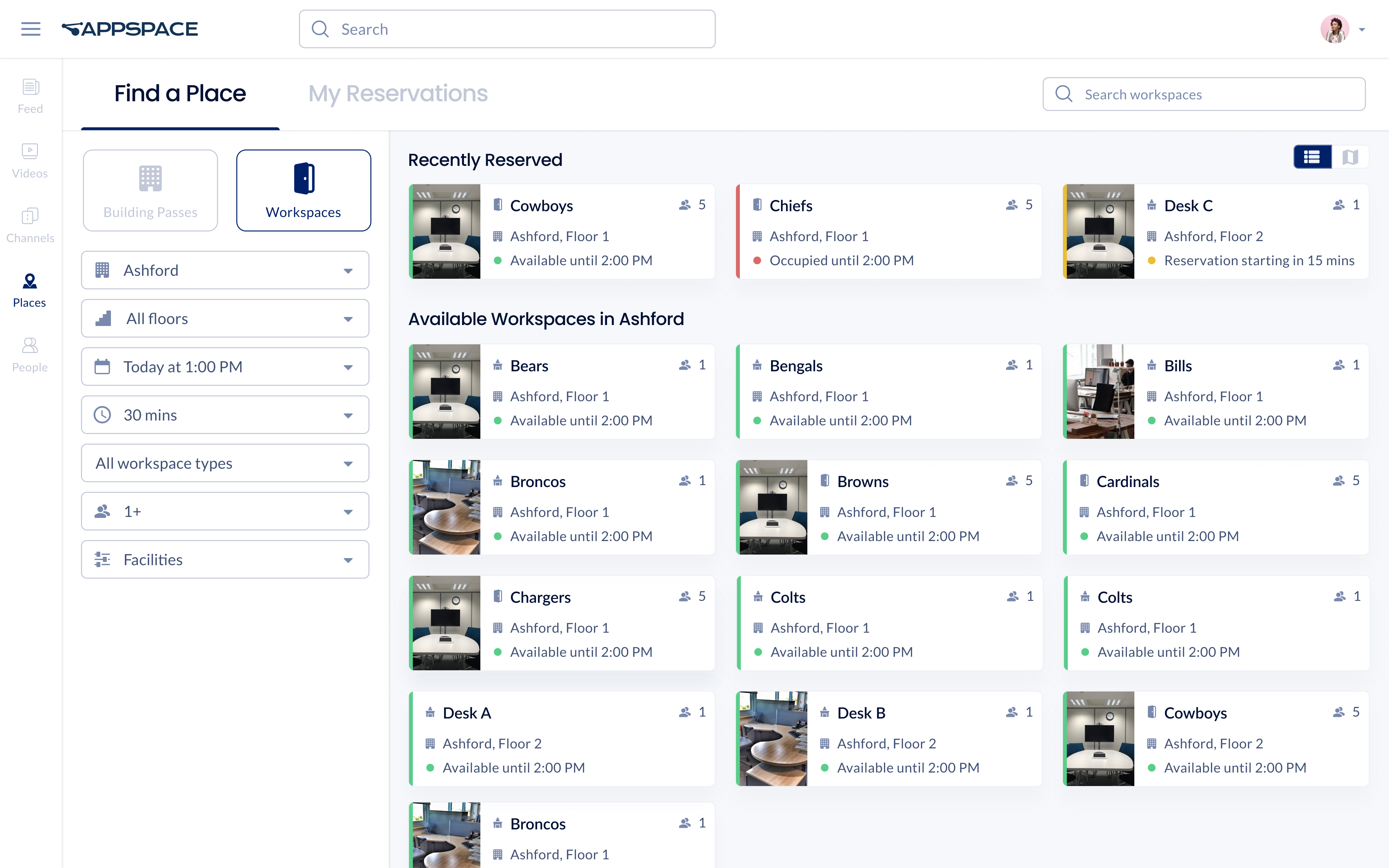Frontline workers have been the core of the workplace for as long as we’ve been working. Making up 80 percent of the workforce, frontline workers provide essential services which are often overlooked when it comes to workplace technology. If anything, the pandemic highlighted how integral these people are to our society and allowed us the opportunity to fine tune our processes to suit all types of workers. In terms of workplace software, a lot of emphasis in the media has been placed on things such as the hybrid workplace. While this is something that we’ve learnt to adapt to, a large part of this has been focused on an office environment. Internal communication has had to adapt during this time and many companies have chosen to implement software to help them during this time. Flexibility in terms of configuration has been paramount to many of our clients, and with a large chunk of them needing software which can be used in the office and out on the floor, the deskless workforce has shifted to become the largest user of workplace software.
Lacking a Connection
In terms of need, the deskless workforce can lack overall connection within a business. Accessibility has been an issue during the pandemic, however the greater physical separation between all types of workers has pushed us to be more creative in catering to the deskless workforce. The environments that these employees work in often don’t have screens or computers, and most aren’t allowed to access their phone while working. Finding ways to create a communicative workplace culture can be a struggle for most employers and requires thinking outside the box. In terms of sharing messages throughout the business, most have turned to things like kiosks, digital signage, and employee apps on workplace tablets. Appspace introduced Costco to digital signage by installing 900 new devices across their US locations. This spanned across 600 different locations and signage was implemented into break rooms.
An aspect of this that has come to the forefront during this time is personalisation. Introduction of digital signage that’s personalized to teams or groups has been a great way to encourage a sense of community. This could also be something as specific as a message for the group itself, something like a policy update or even a happy birthday sign. Visual communication plays a large role in this and can also be updated by management extremely quickly. Some of these software also offer automation, which means that these signs change automatically according to the team. This reduces human effort while improving connectivity within the organization.
[ The Technology Manager's Guide to Reimagining the Workplace ]

Centralizing Communication
Unification of a dispersed workforce can prove to be a constant challenge for most teams without the right infrastructure in place. Most offices have the advantage of employees being located in the same place who are reachable through email or workplace messengers like slack or teams. Deskless workers are often physically and technologically separated from team members or employers. Centralizing communication (in all workforces) is integral for a cohesive workplace. A way to implement this is through something as simple as a workplace app. This can be used throughout the company and can be used to share messages on tablets, digital signs, video walls, and on personal devices. We helped ViacomCBS (now Paramount) introduce digital signage, space reservations, and an employee app. Not only does this allow for them to stay in the loop, but it also gives them a sense of autonomy within the workplace—as these employees can often be overlooked. In smaller companies, this can be implemented by having something as simple as a regular meeting with frontline employees, or through companywide events. Making small steps can often lead to a better employee experience and allows for everyone to slowly adjust.

The Workplace App
A large advantage of integrating something like a workplace app and internal management software is security. Remote working forced businesses to find new ways of approaching security measures. Many companies introduced things like new software and new policies. While these came to light due to health concerns, it’s allowed us to look at how we can improve our procedure. While features like desk bookings, and check-ins were always important, shifting these to suit the deskless workforce has become a priority. In some cases, features like desk-bookings have evolved and have been adapted to, for example, parking spot booking and equipment booking. We’ve enhanced our visitor management systems to be configurable for all workplaces, whether this is an office or a factory.
Allowing employees to have an opinion in this is also integral to the process. A clear and open line of communication can allow for employees to feel autonomous within their workplace, which is something that all employers should want to promote. Particularly as the deskless workforce is often the last to hear workplace updates or hear news.

Syncing the Workplace
Configuration of these internal systems and flexibility during integration has been essential for success with frontline workers. Tailored systems can make all the difference when syncing a workplace. A large part of this comes down to giving employees the right tools to communicate and act easily. Using things like automation can be an easy solution in these situations as it can adapt surrounding apps to suit the employee/team. Steps like these should be taken and updated regularly as 80% of the global workforce is made up of frontline workers. As a group which contributes such a significant amount creating an infrastructure which can support them should be paramount.
Creating a workplace that is compatible with all types of workers doesn’t have to be so daunting. Accessibility, security, flexibility, and unification can all be configured according to a business. By implementing policy and infrastructure to aid this, the deskless workforce can be integrated just as effectively as a desk-based worker is. Putting things in place such as configurable software or a weekly meeting can make a huge difference in employee productivity and experience. By thinking outside the box and adapting current policy, most companies can easily and effectively create a culture which looks out for all employees.

